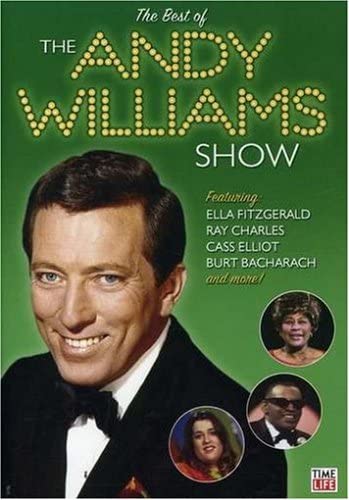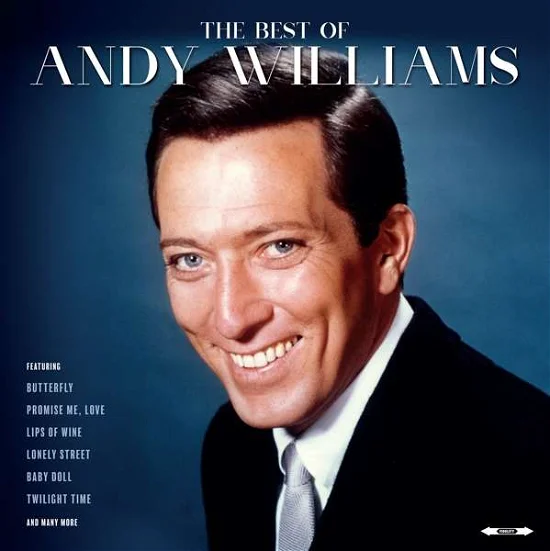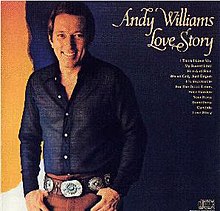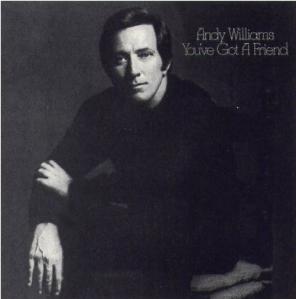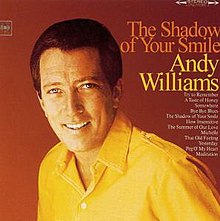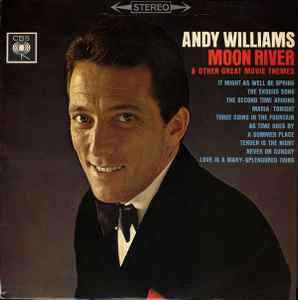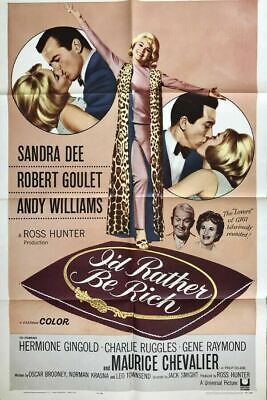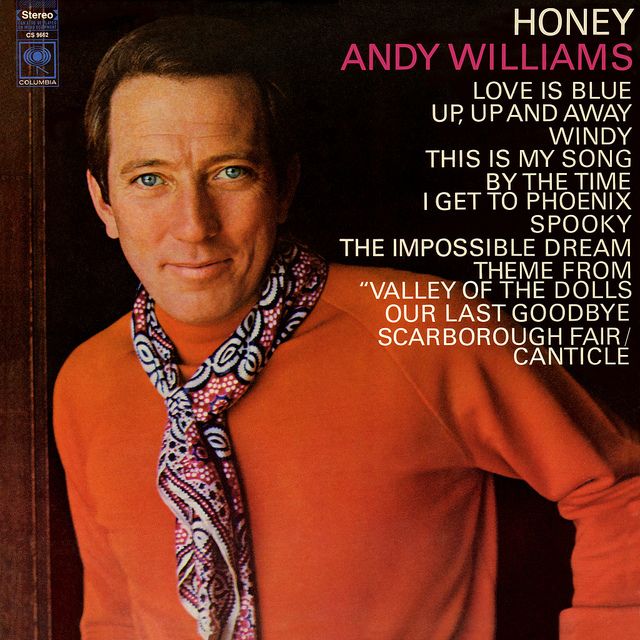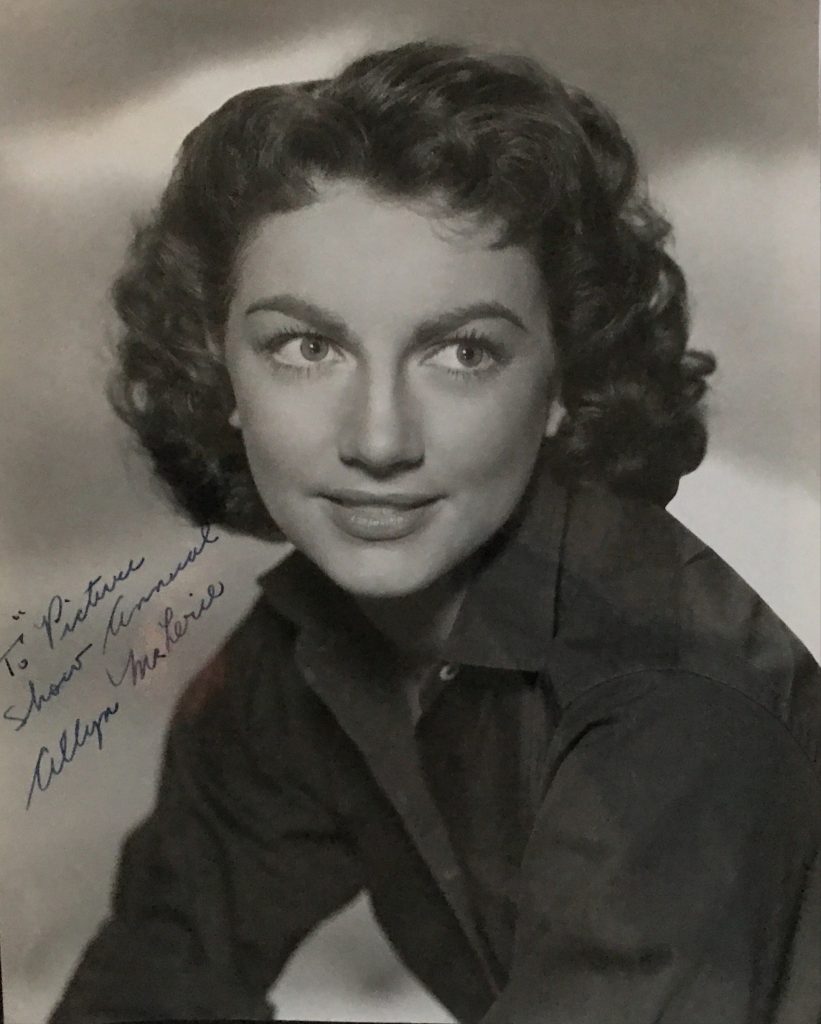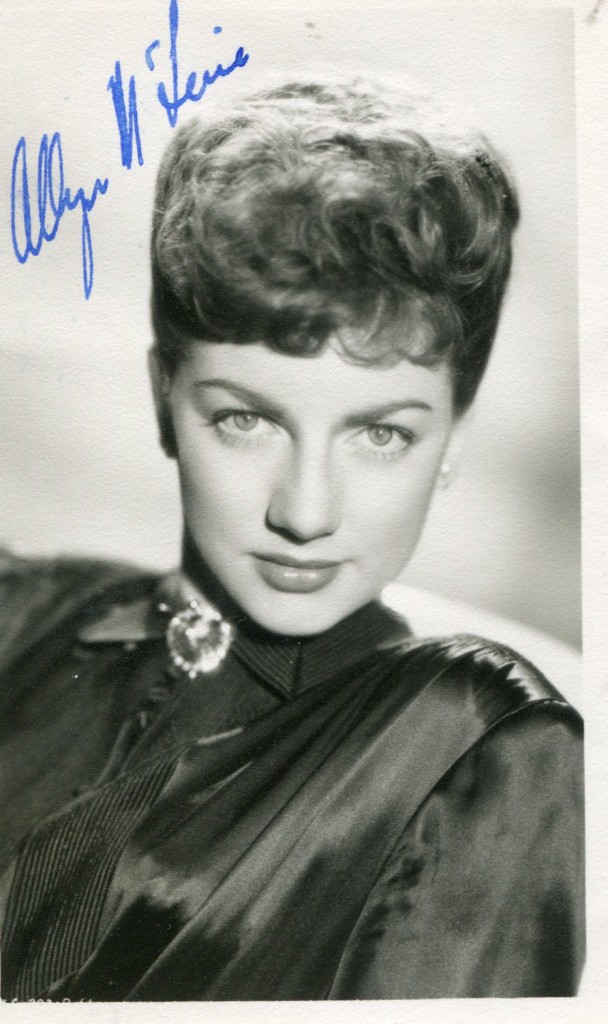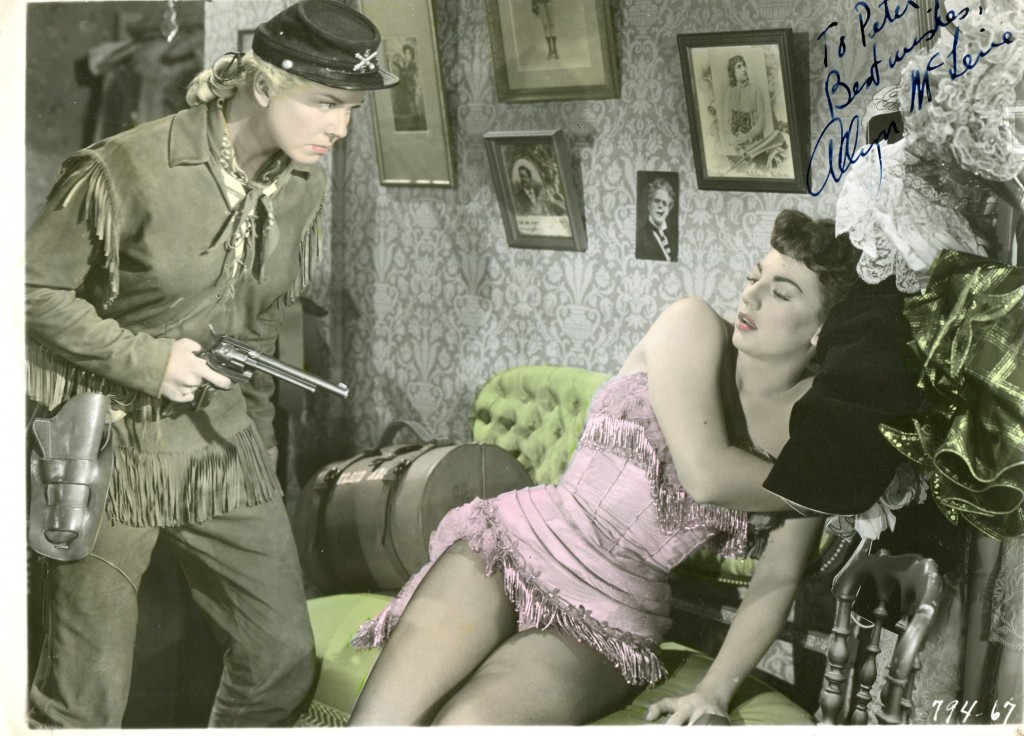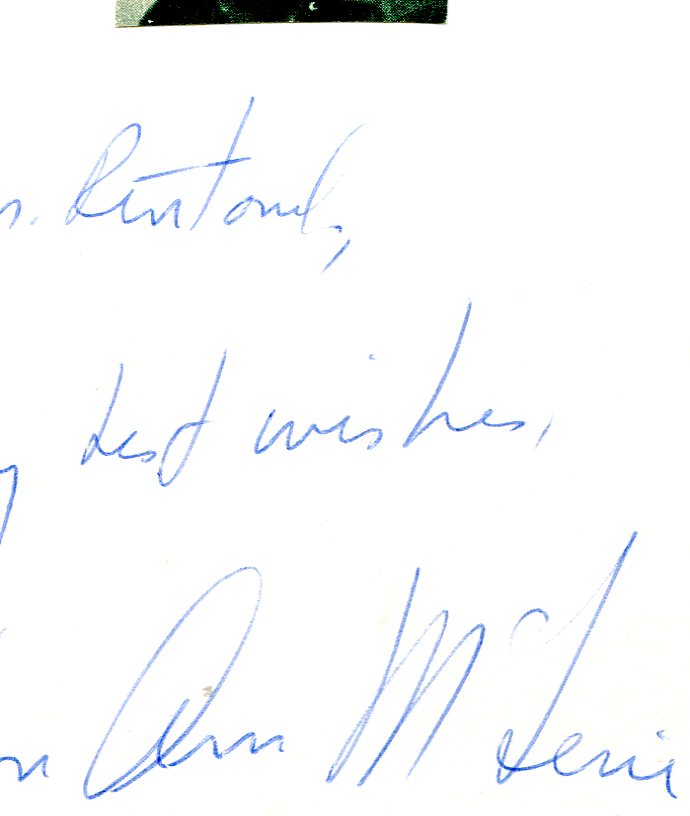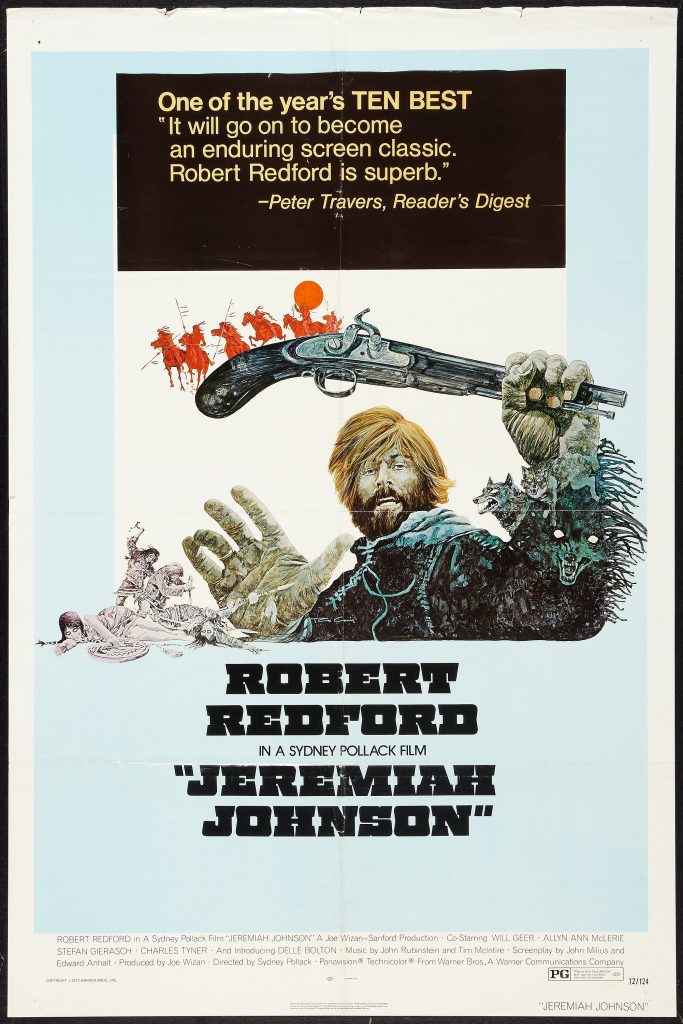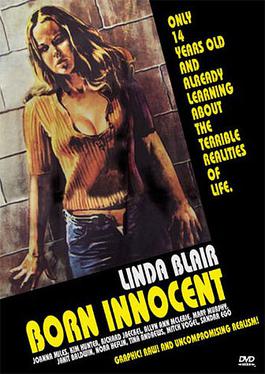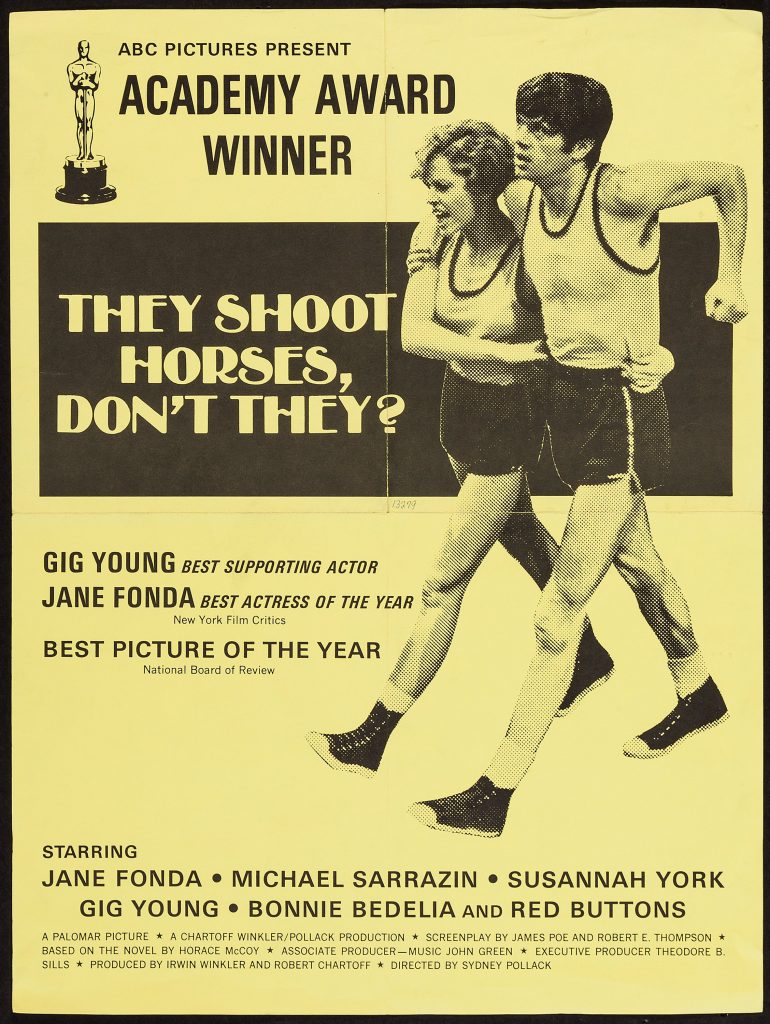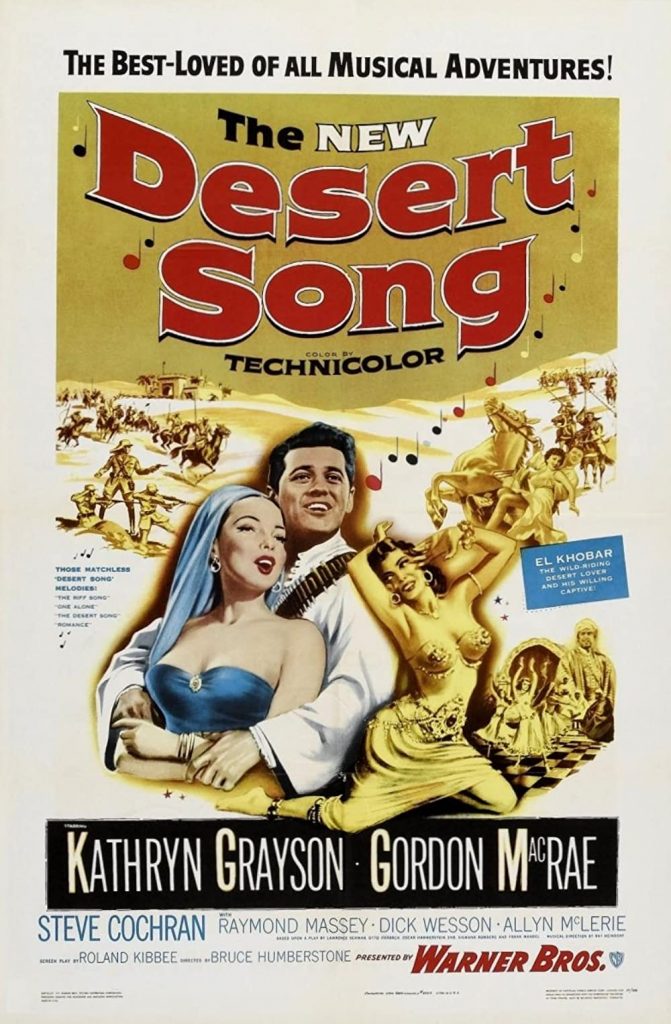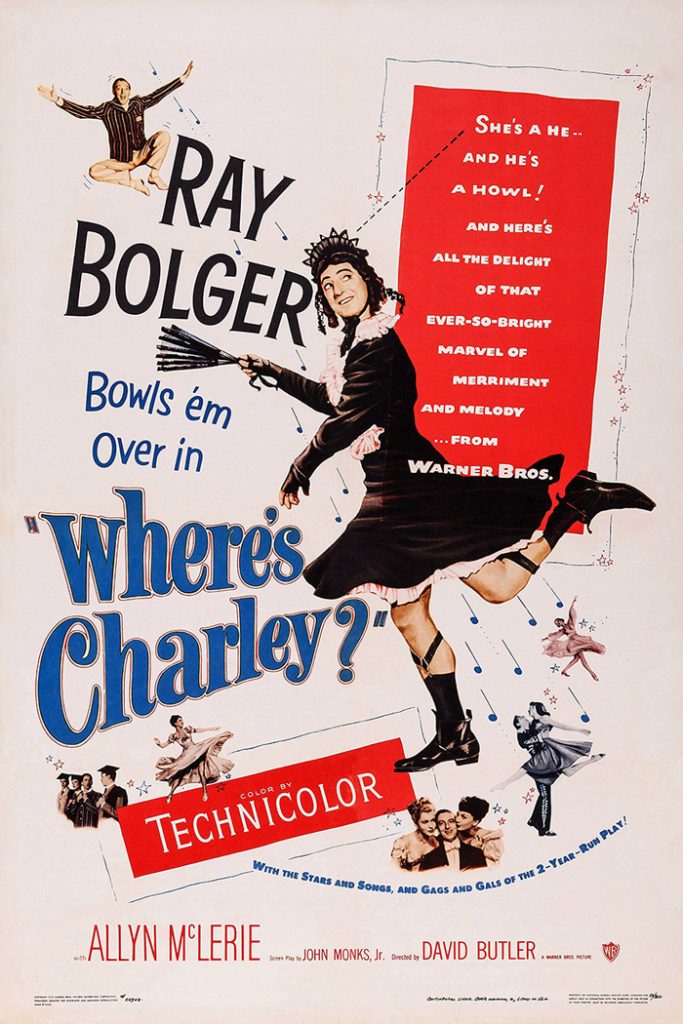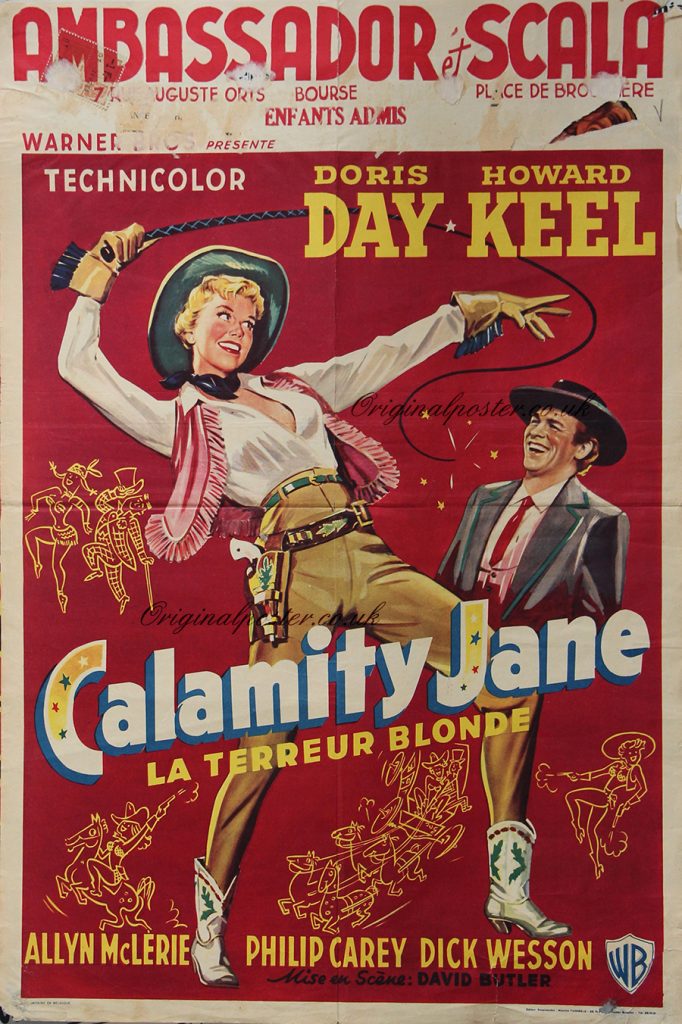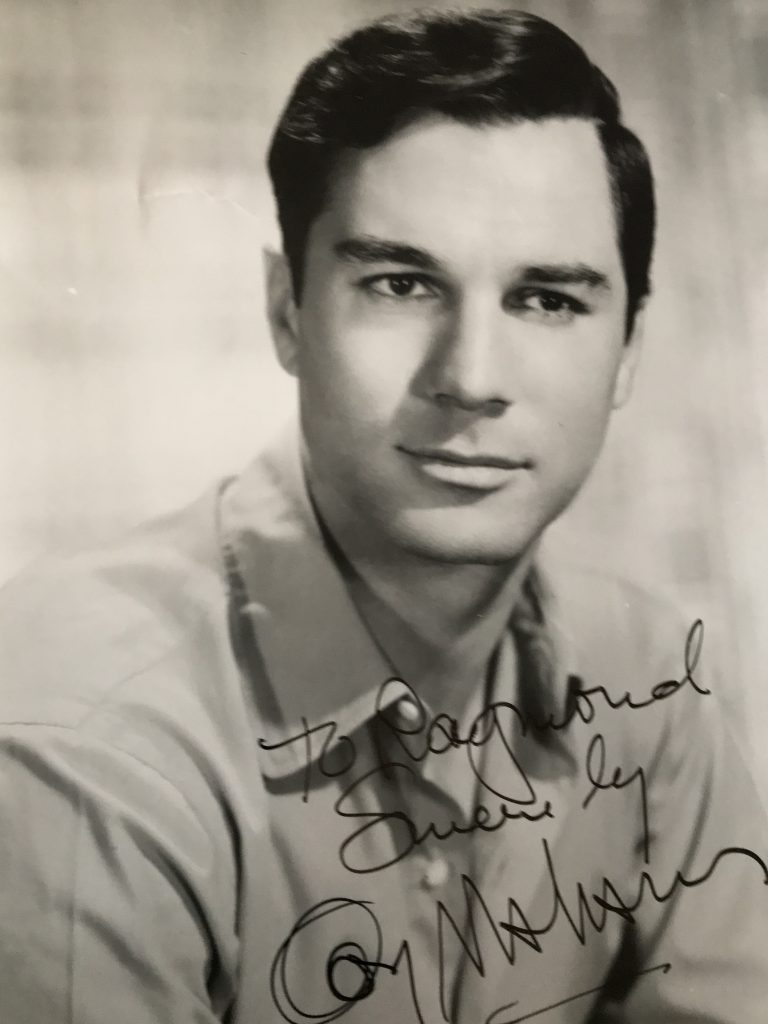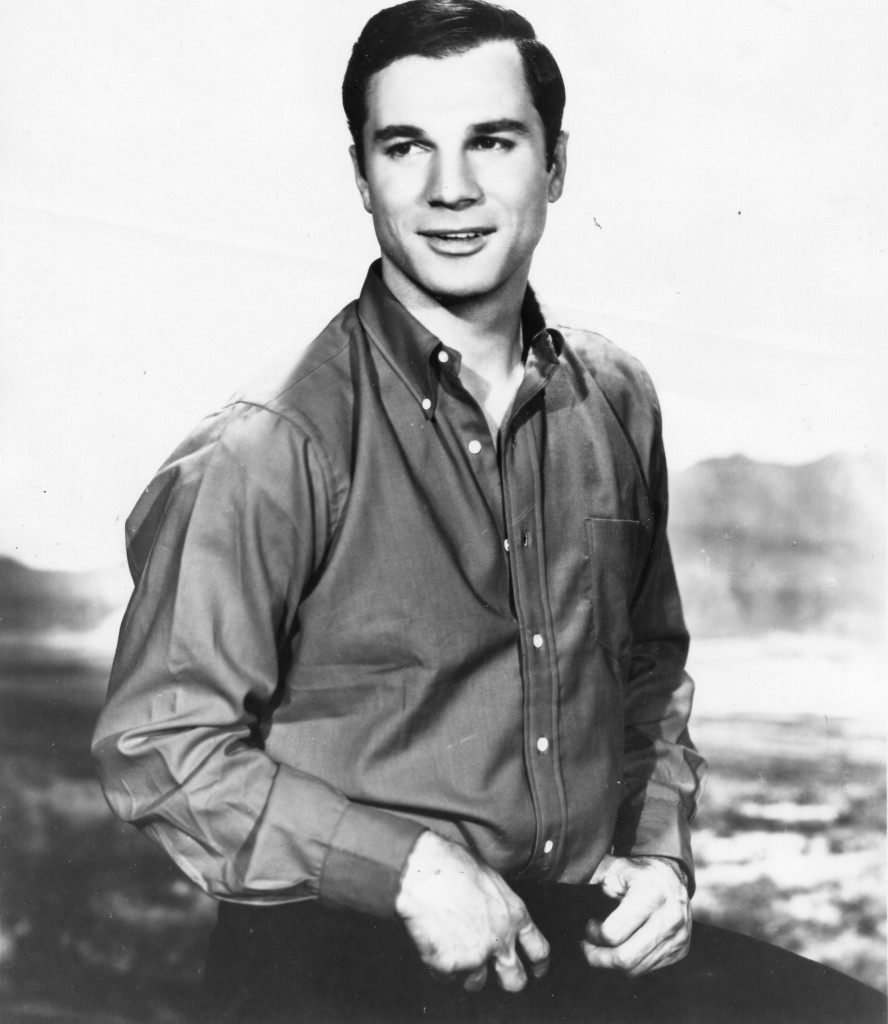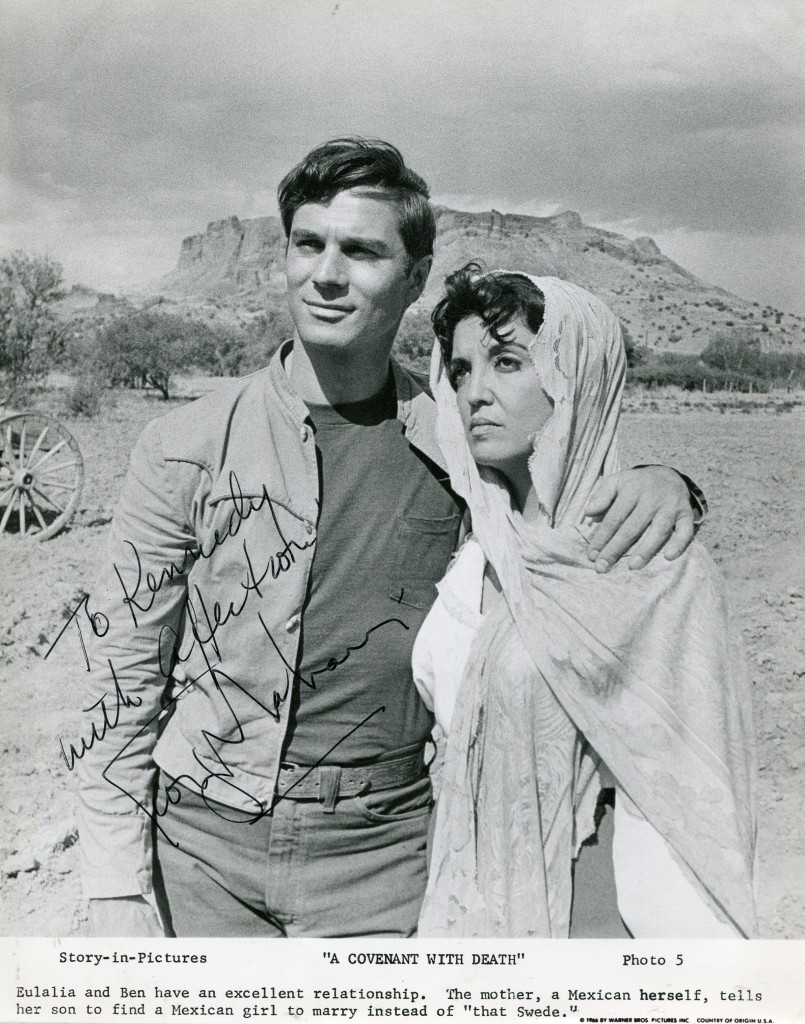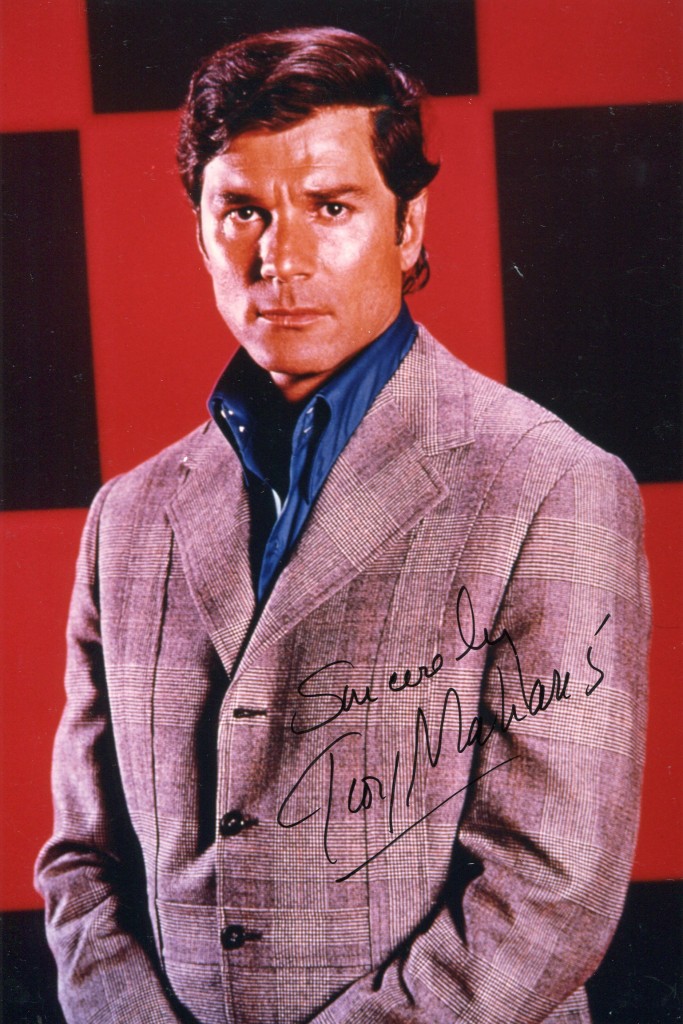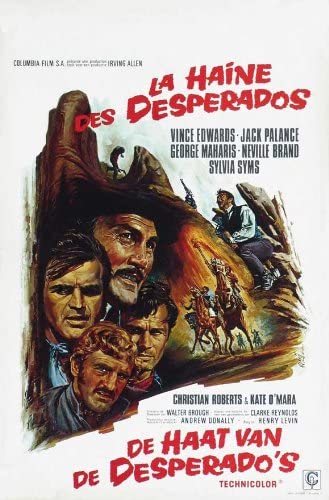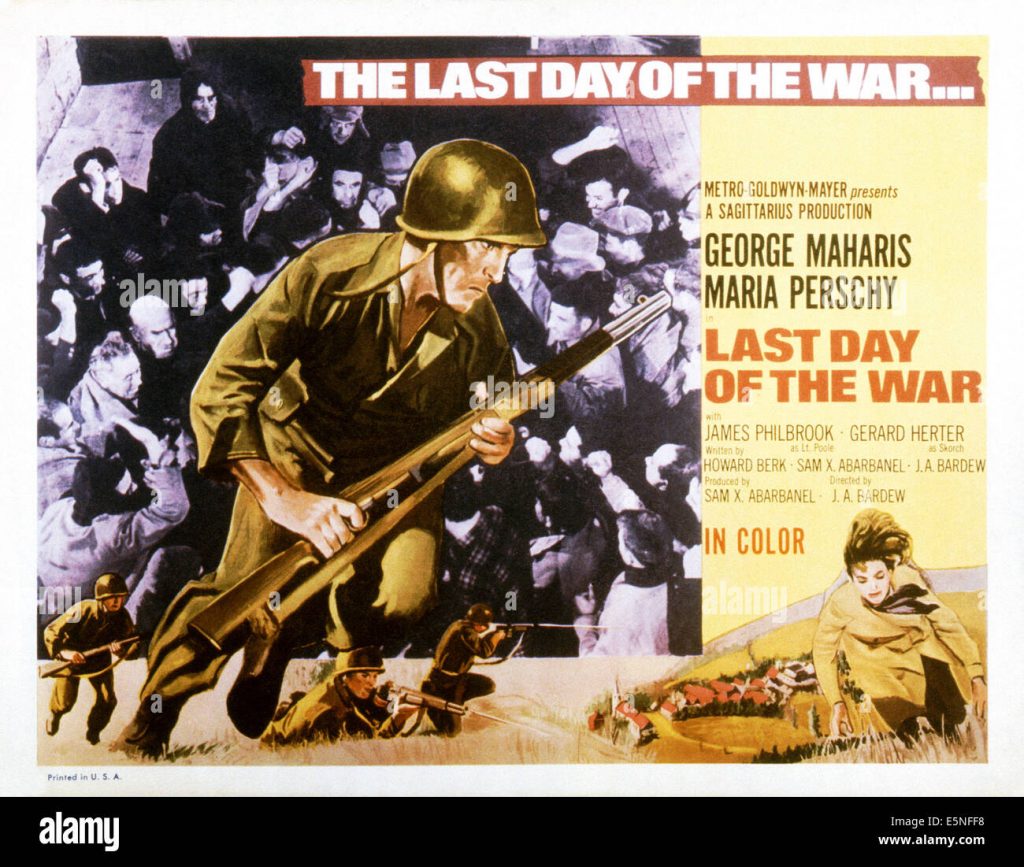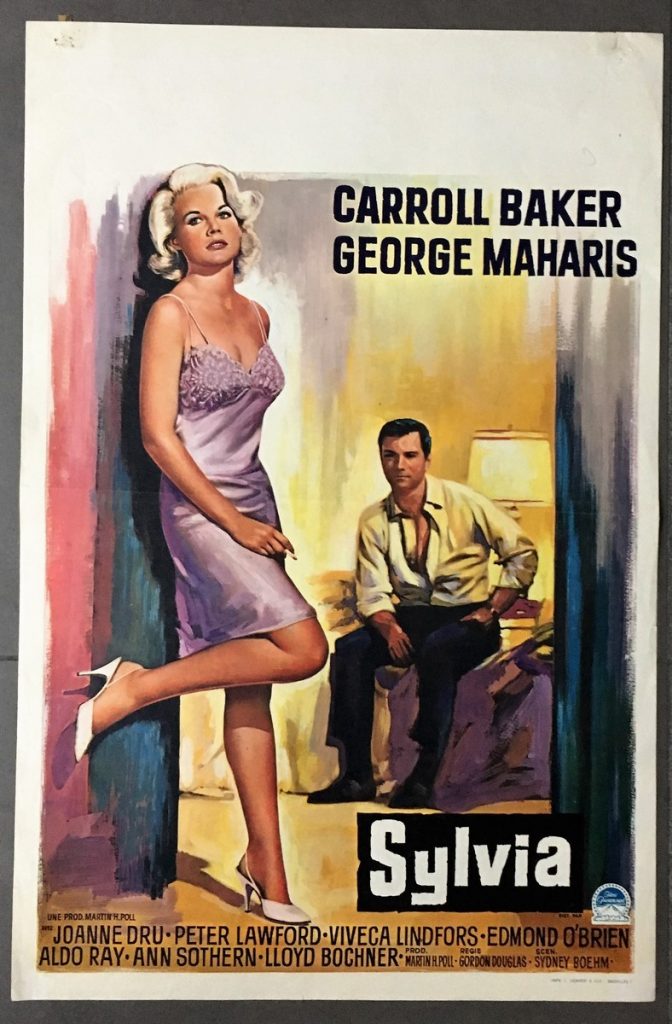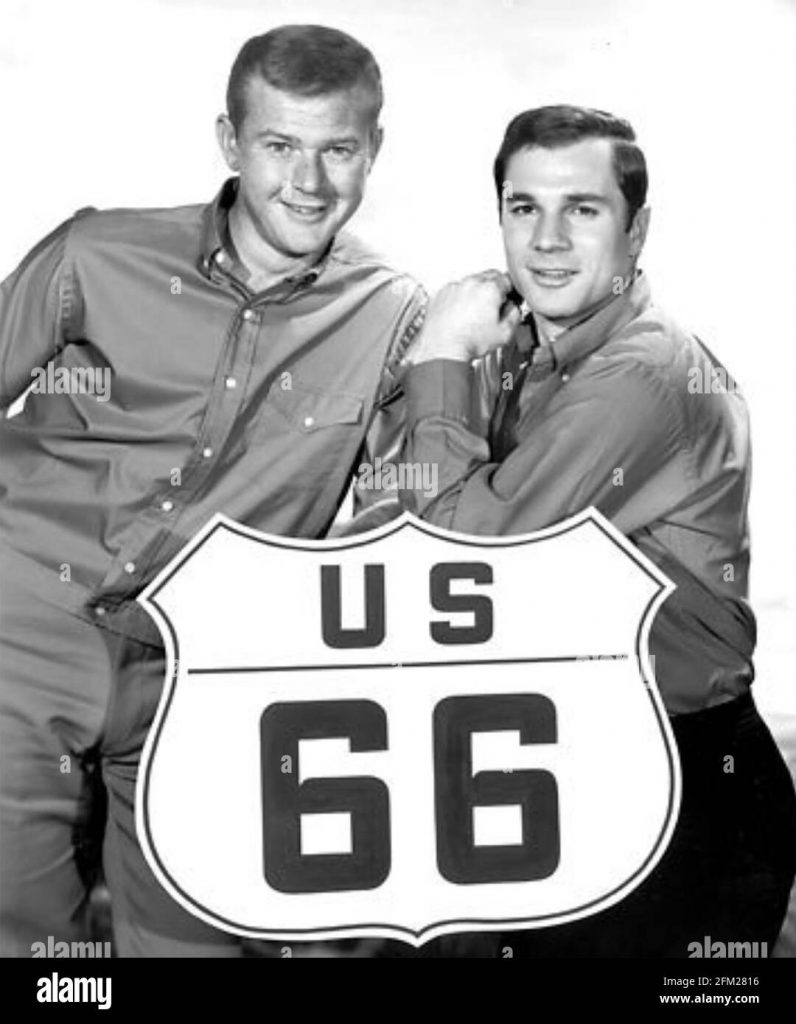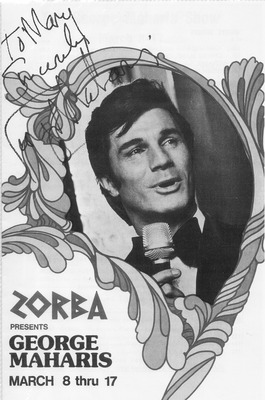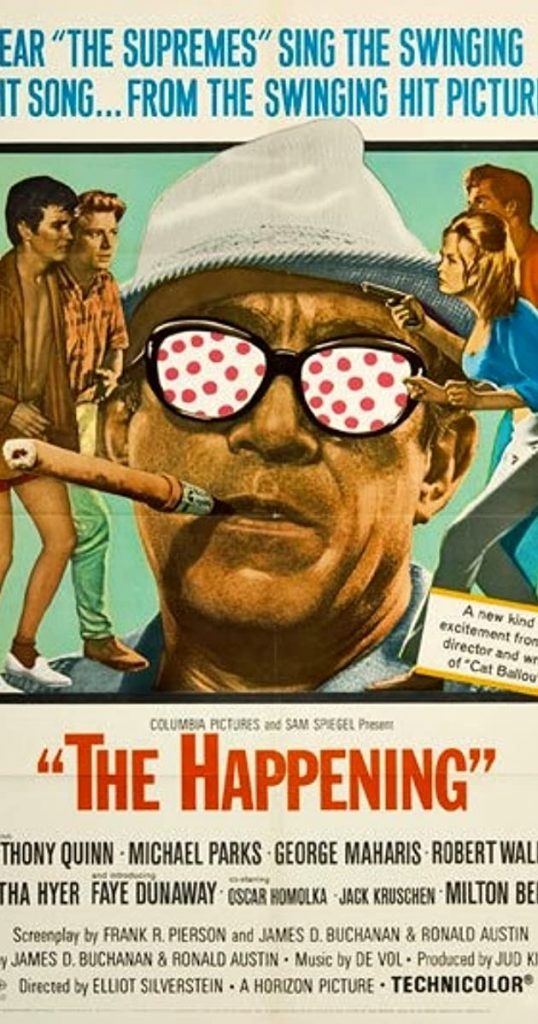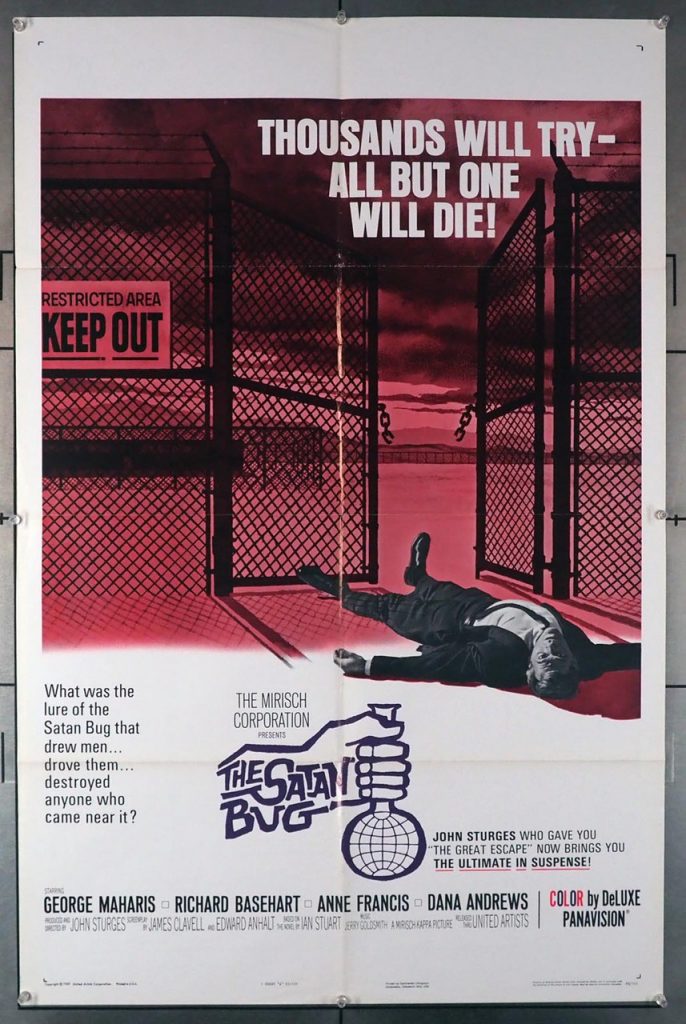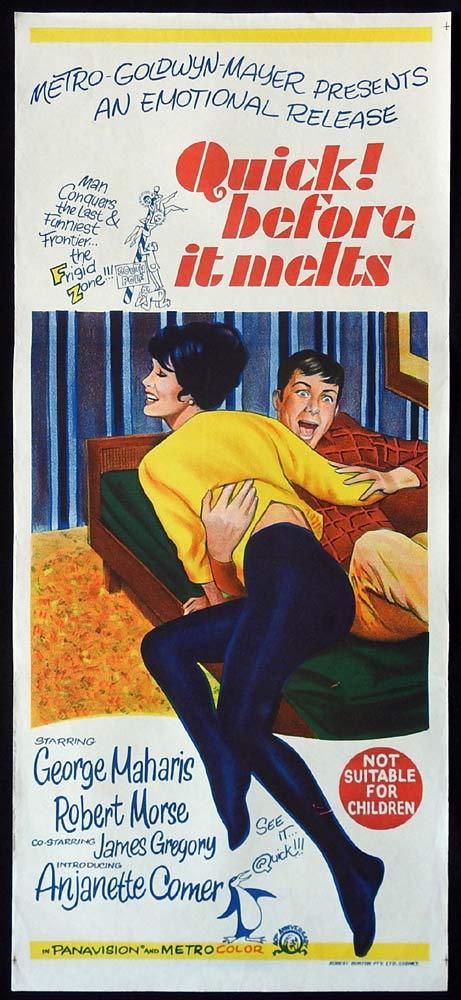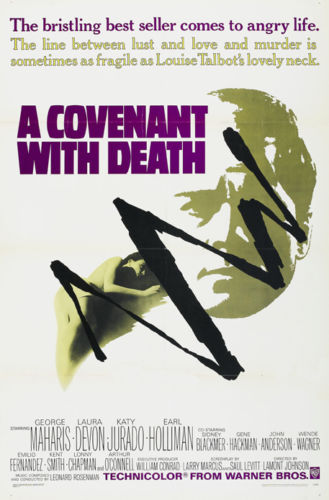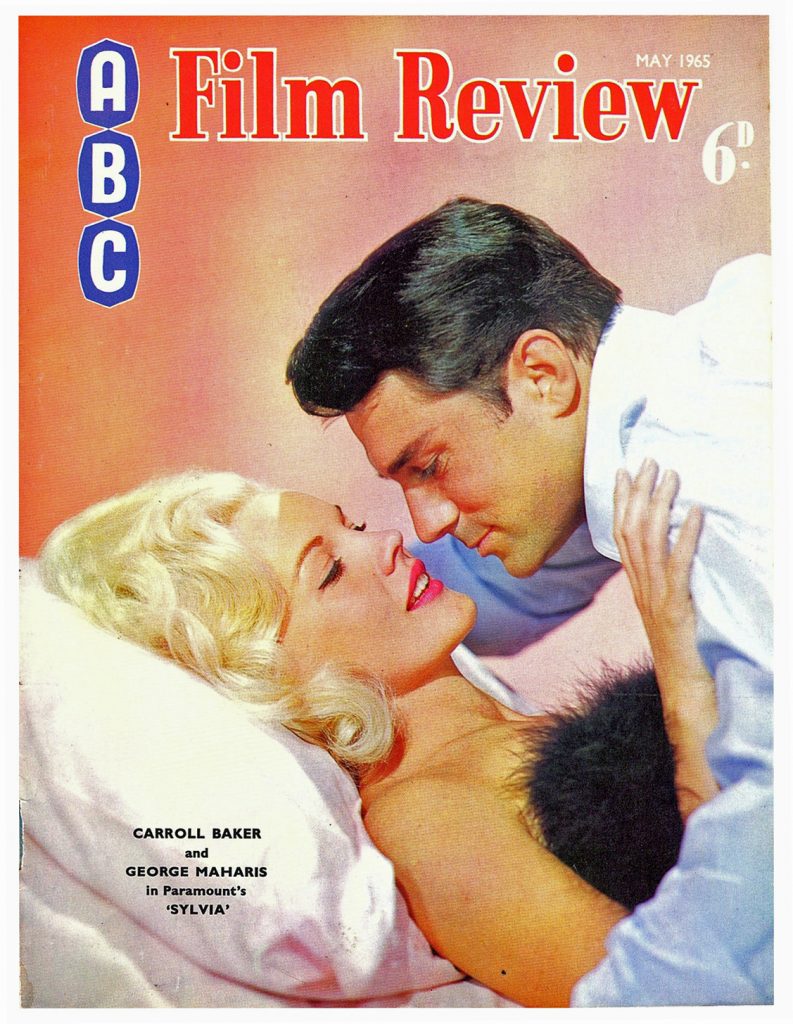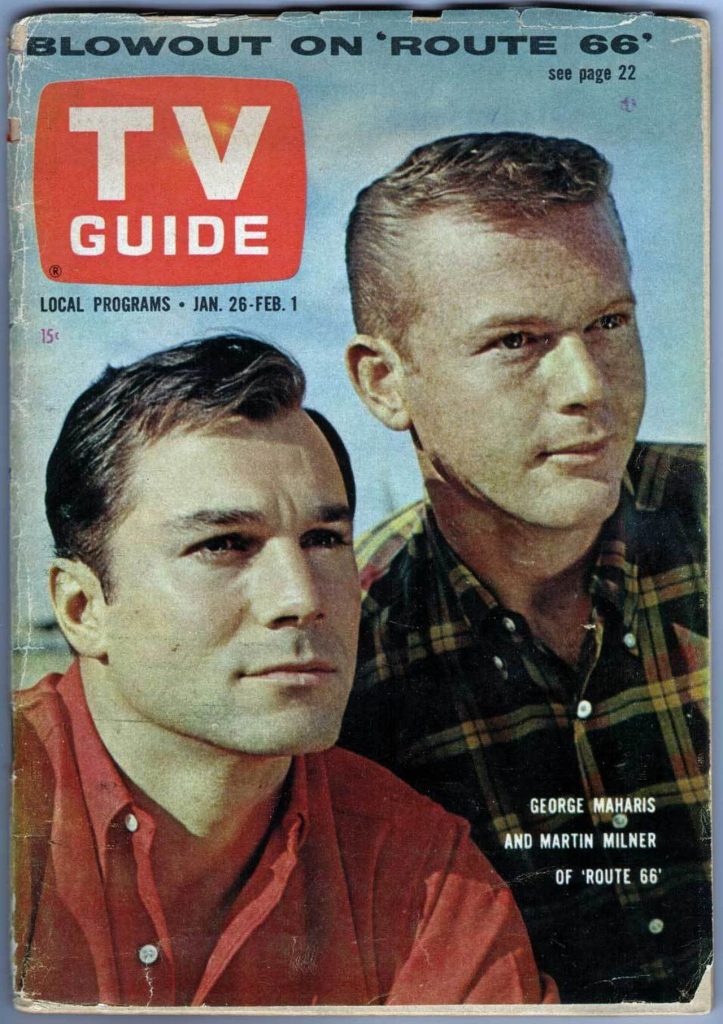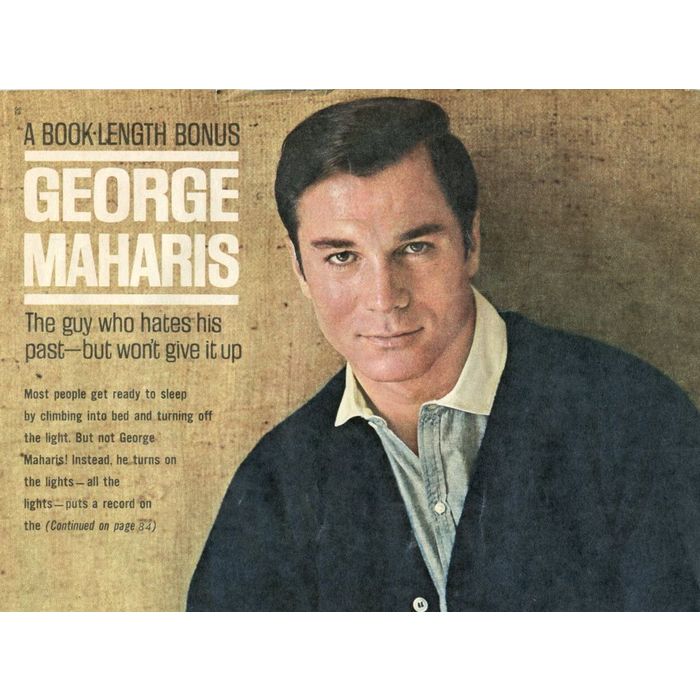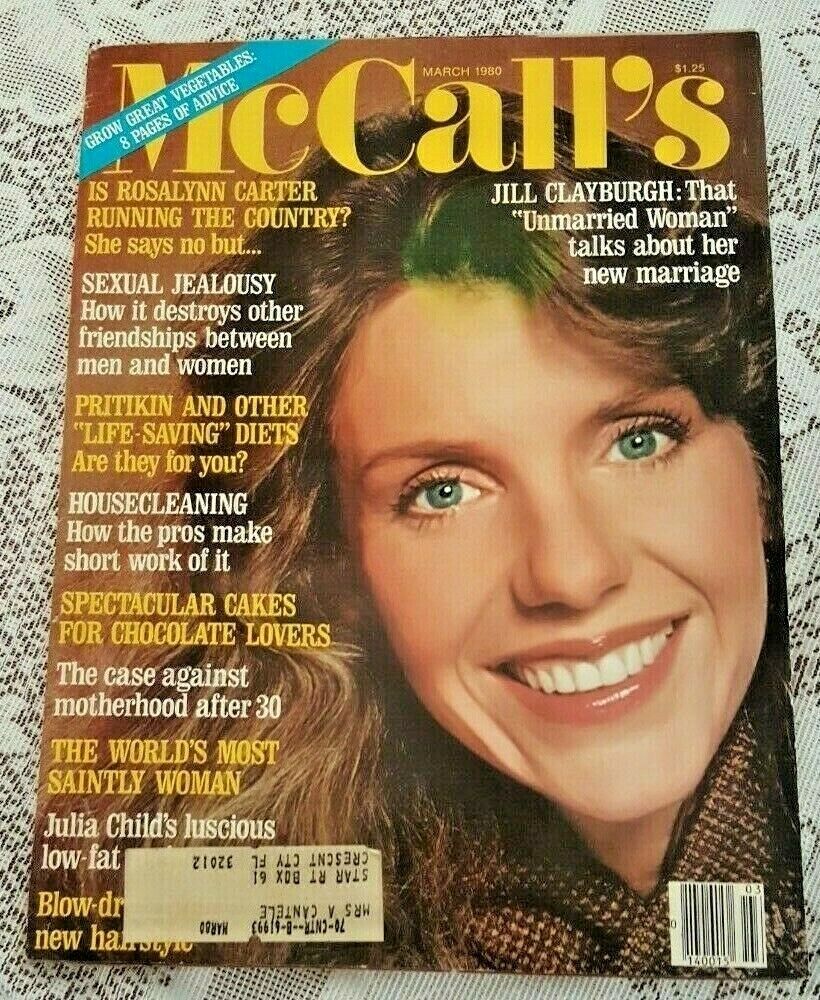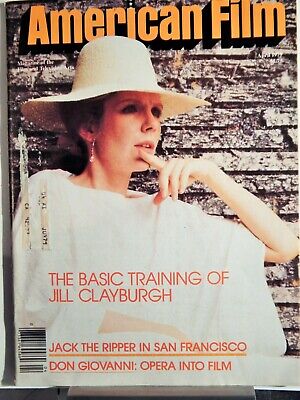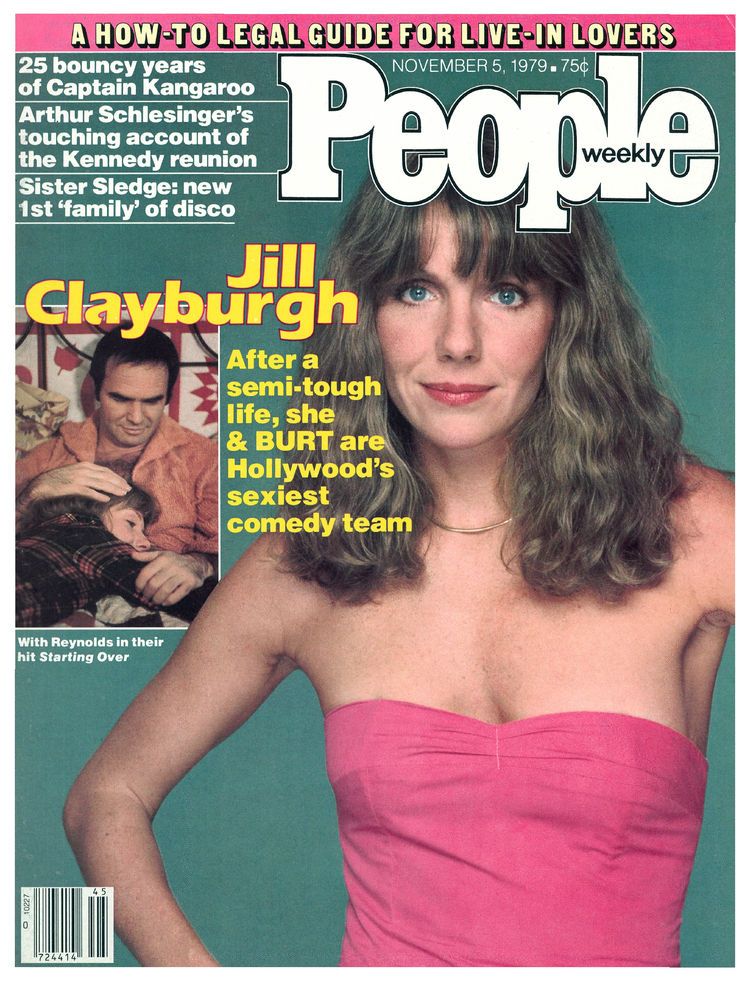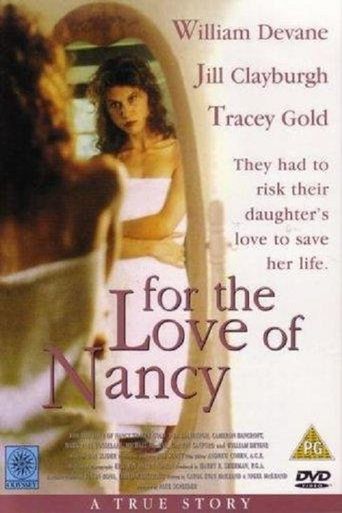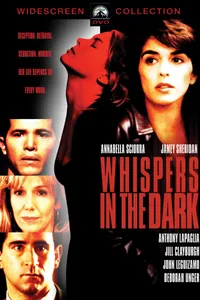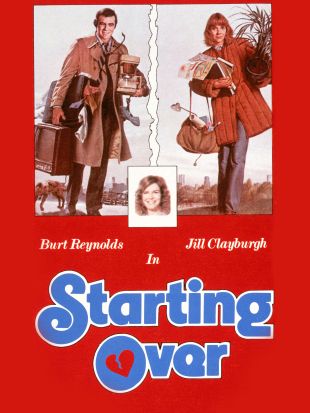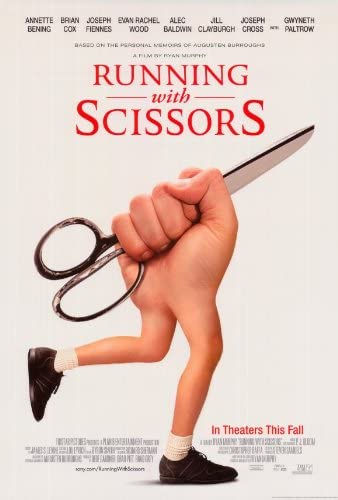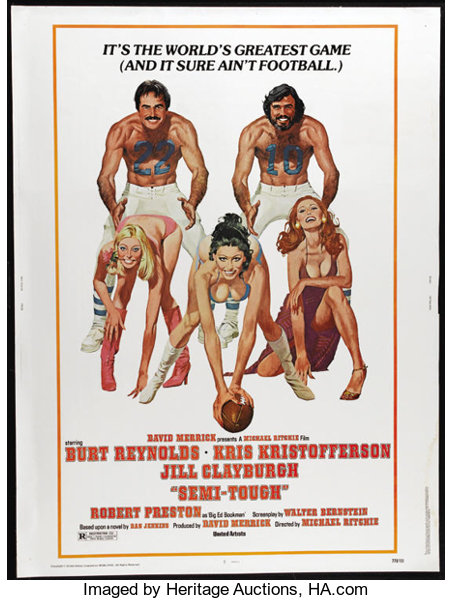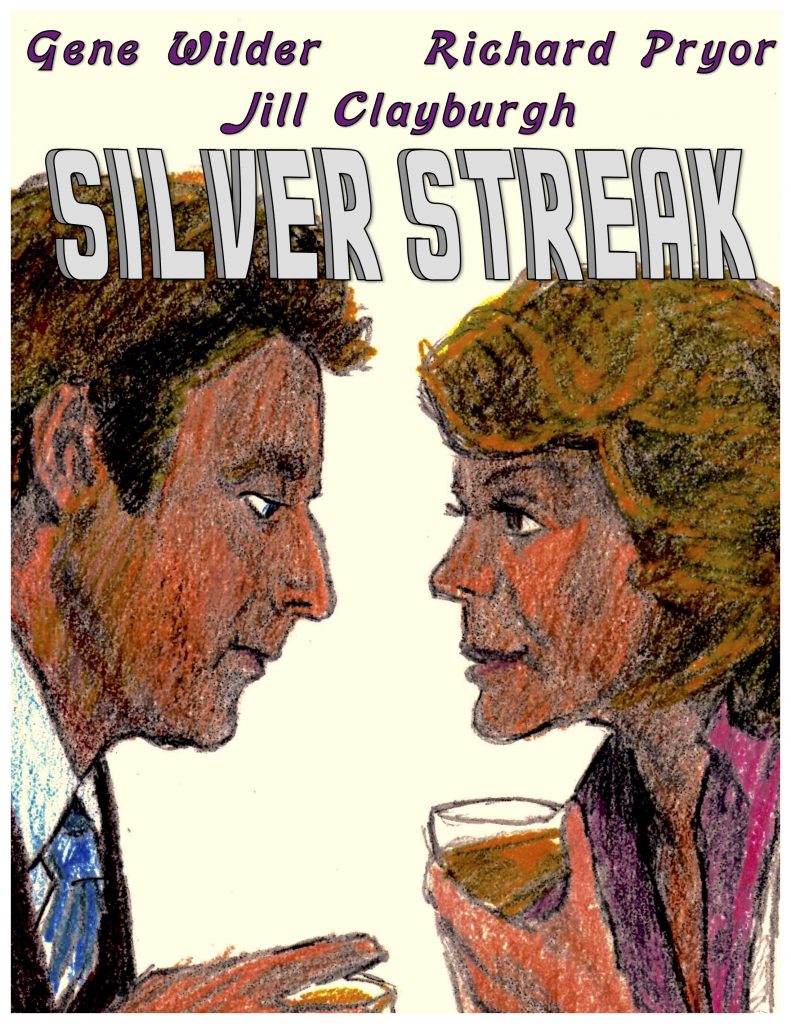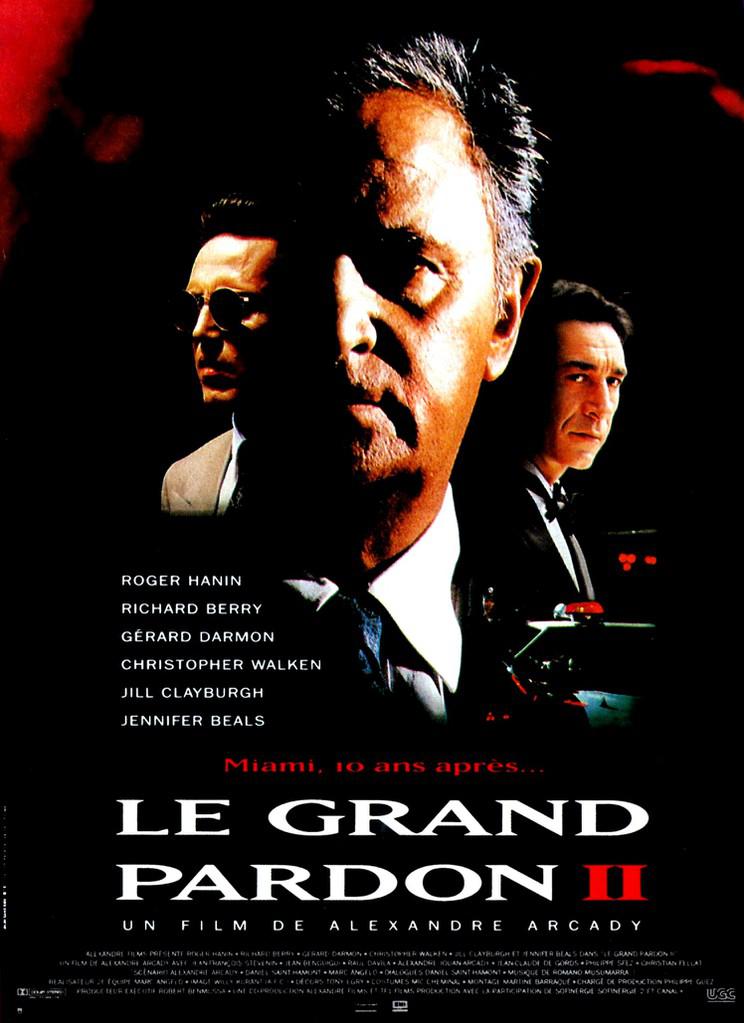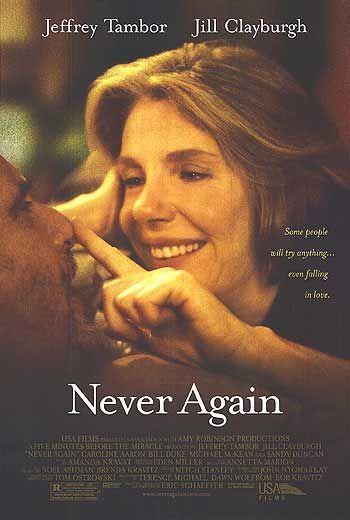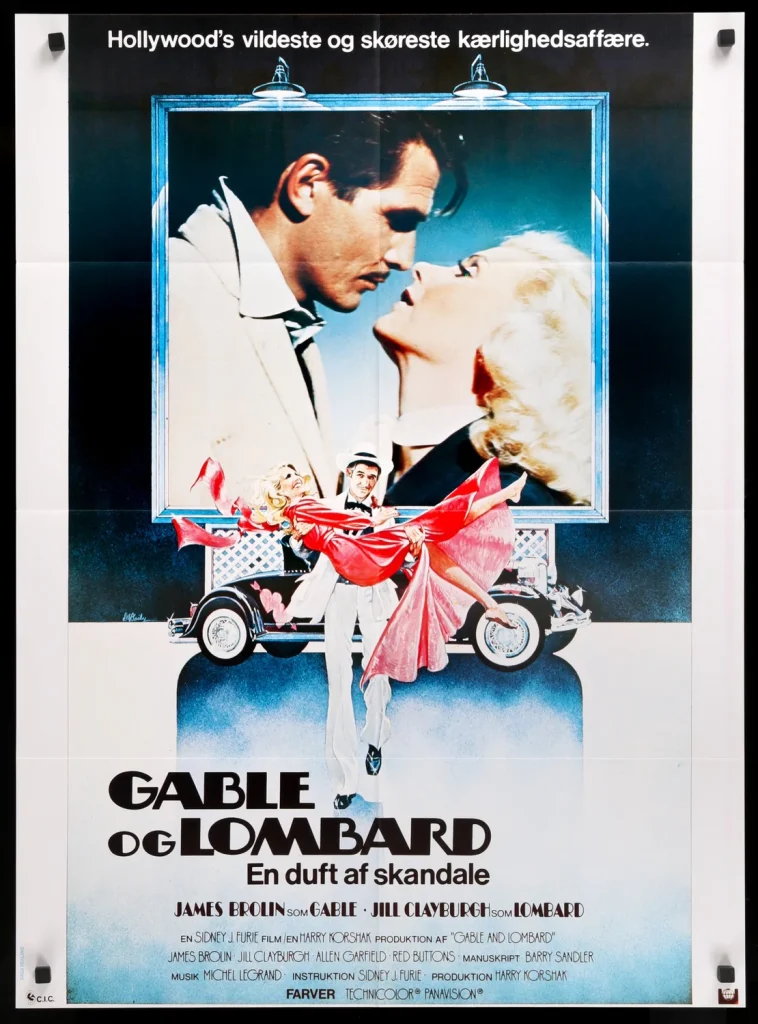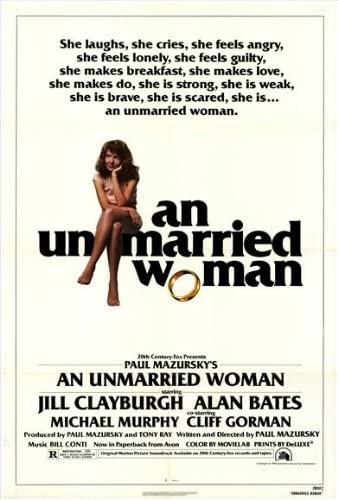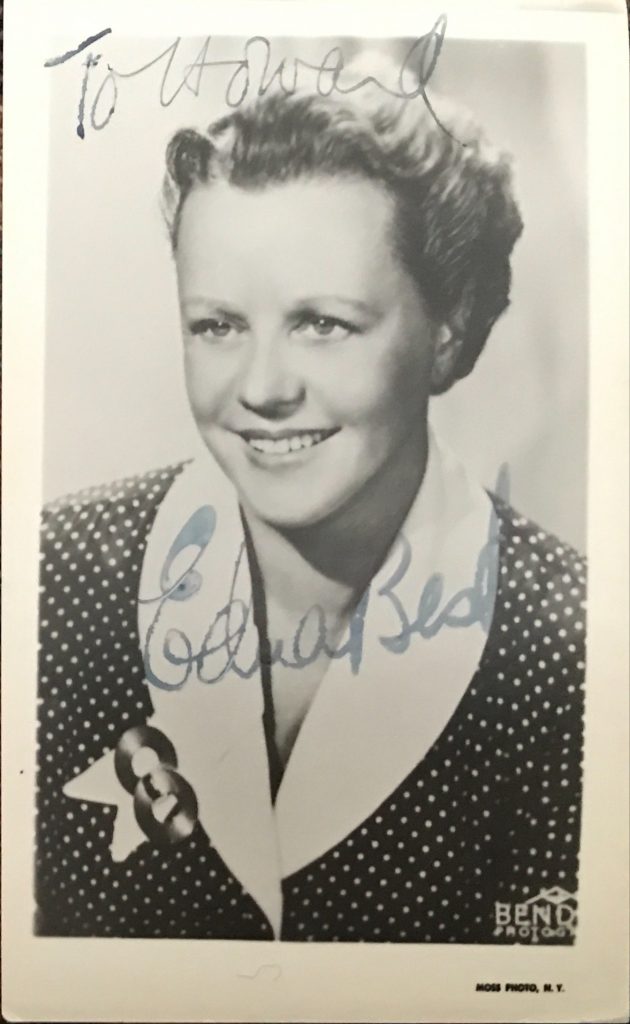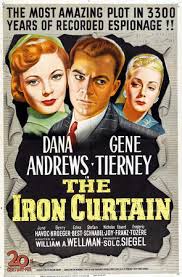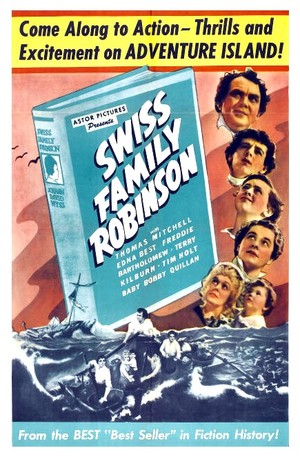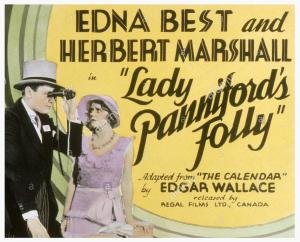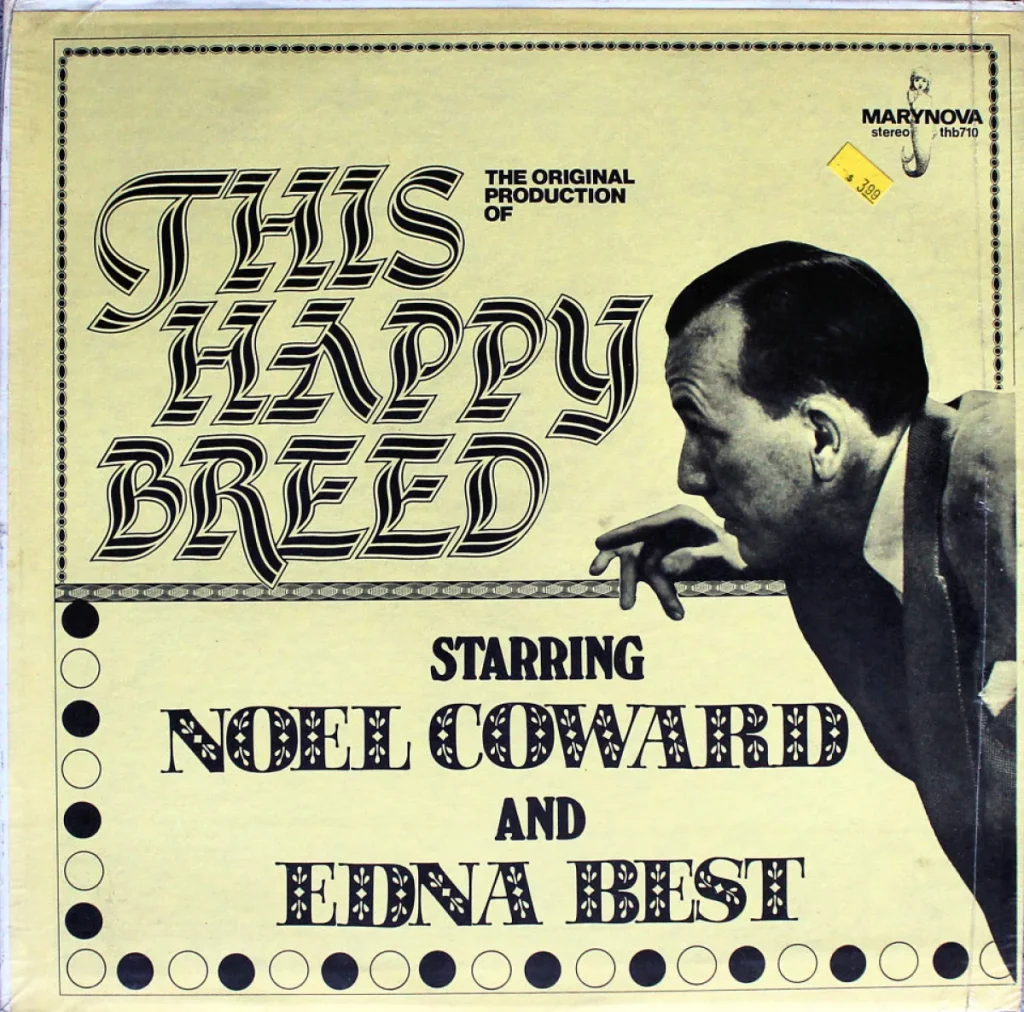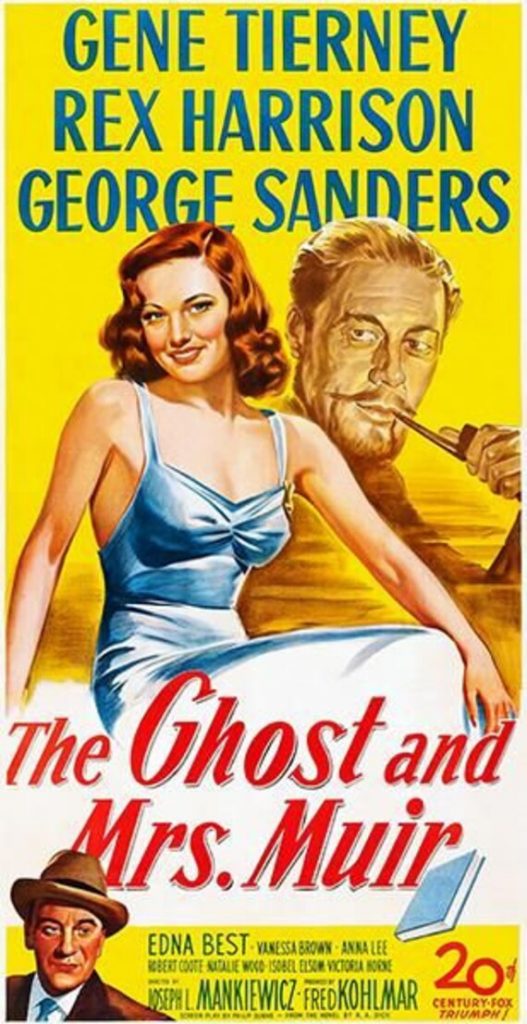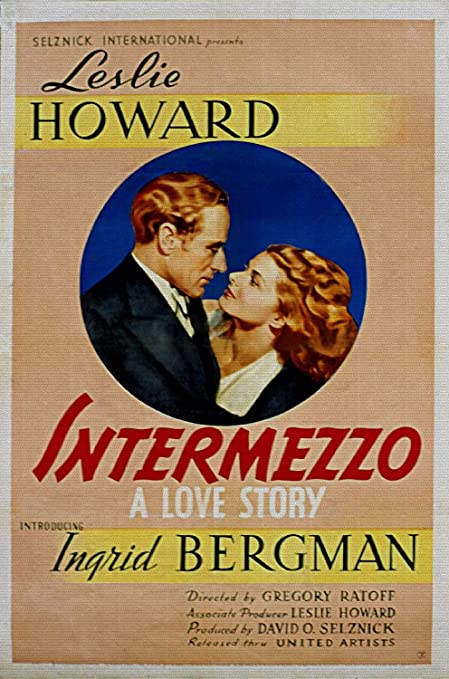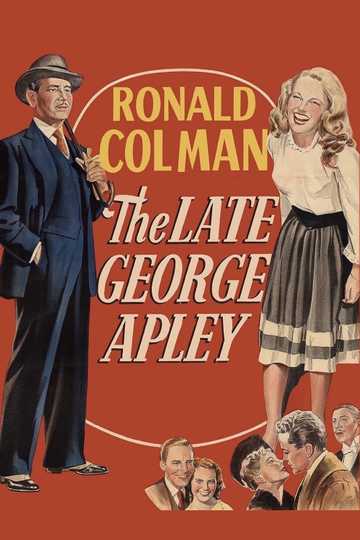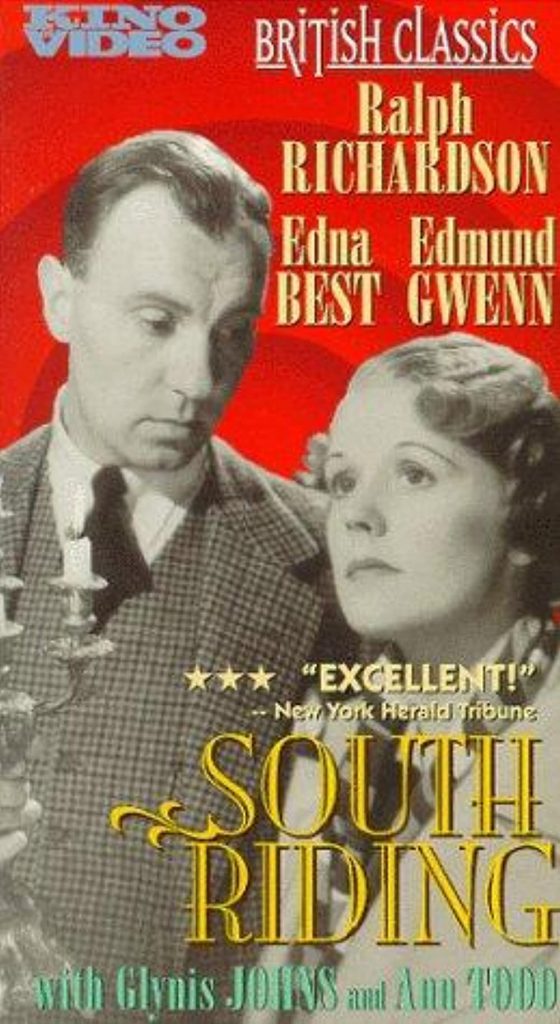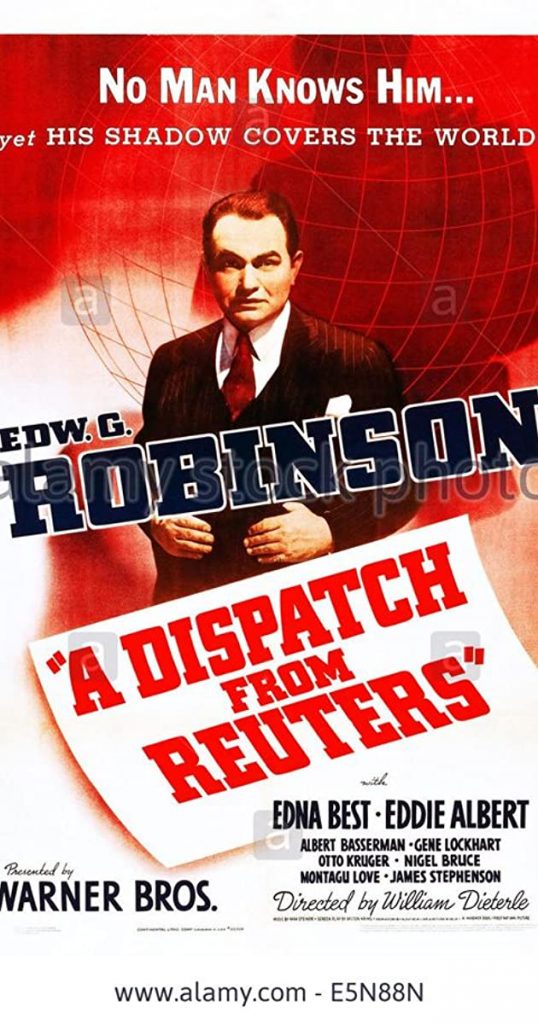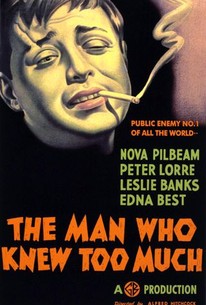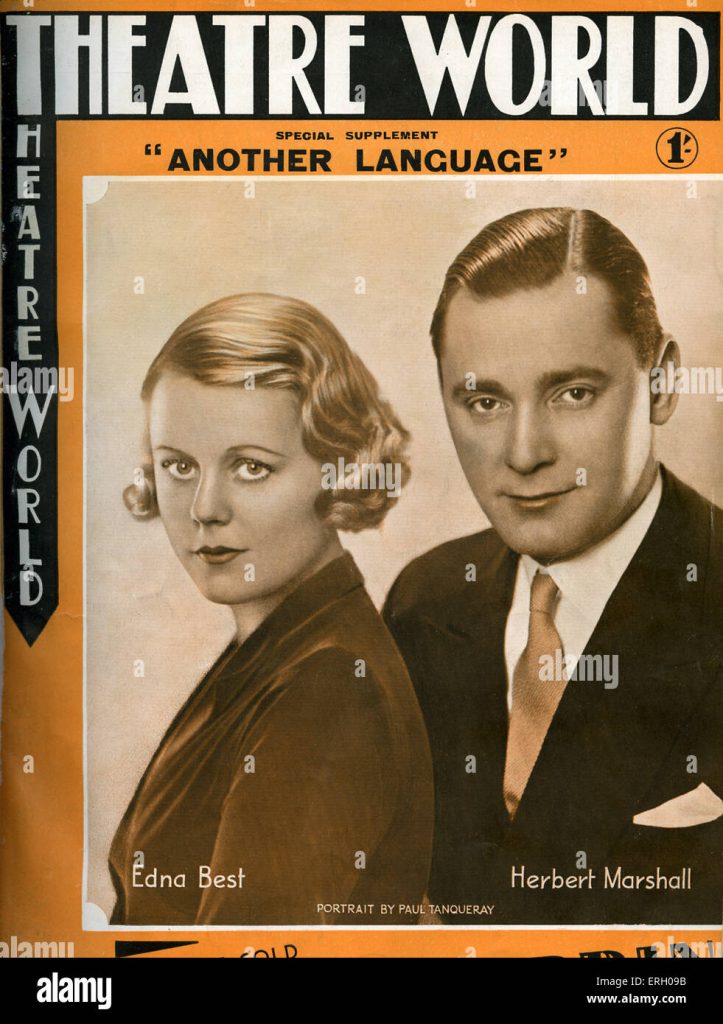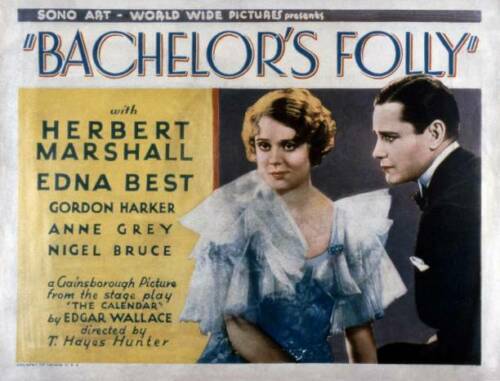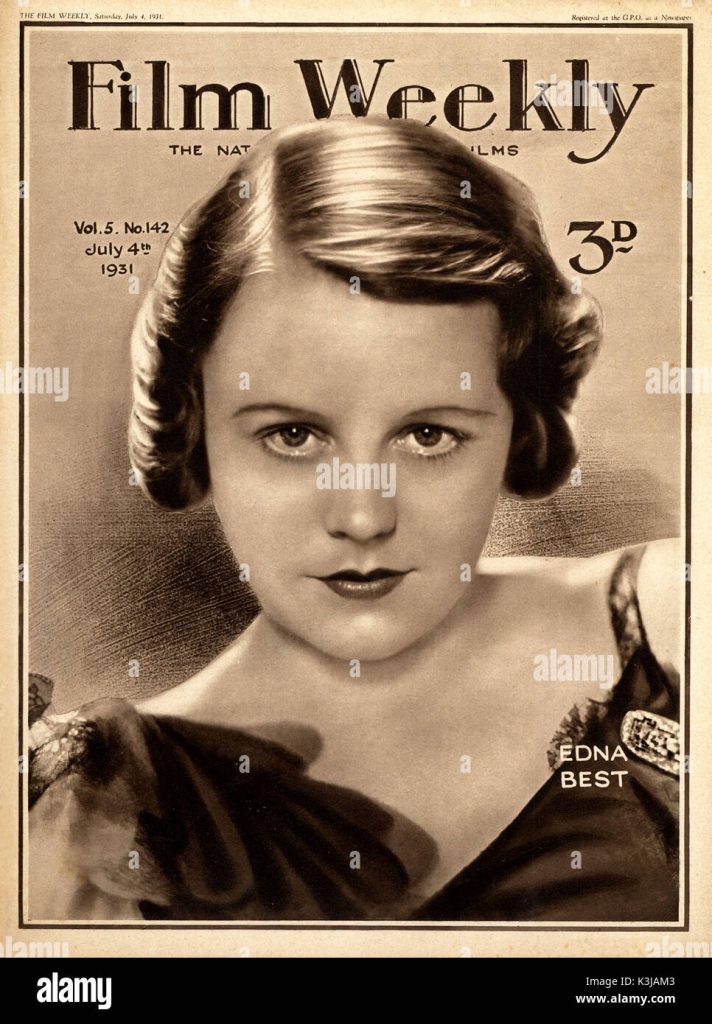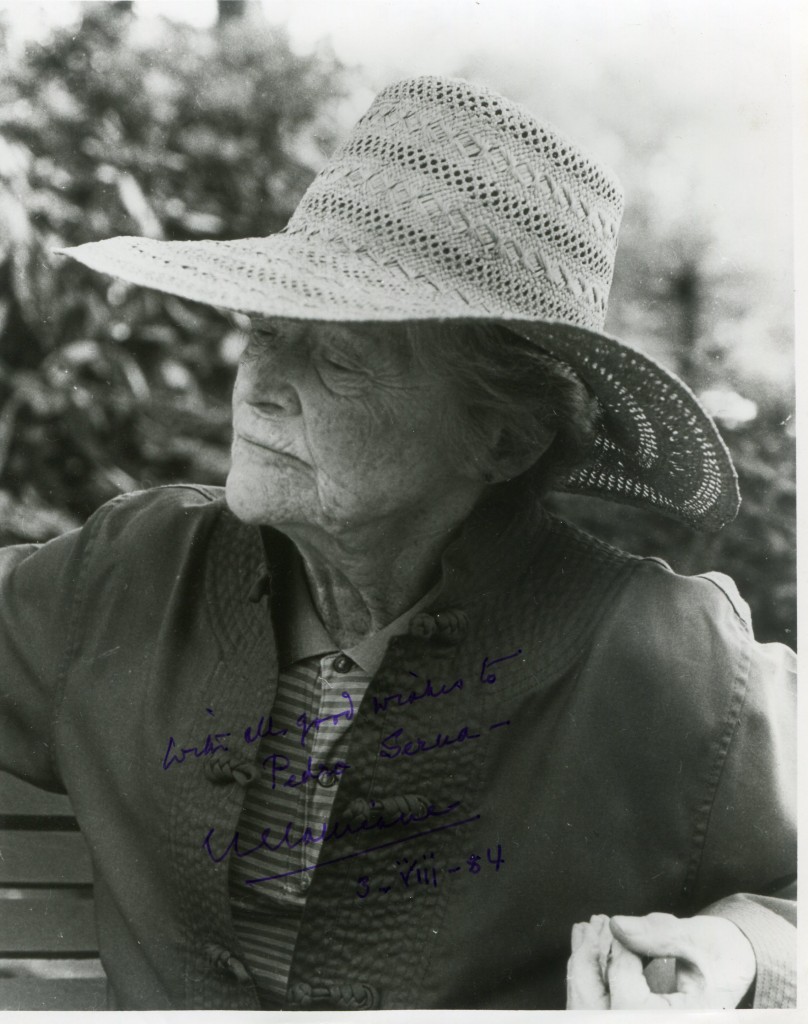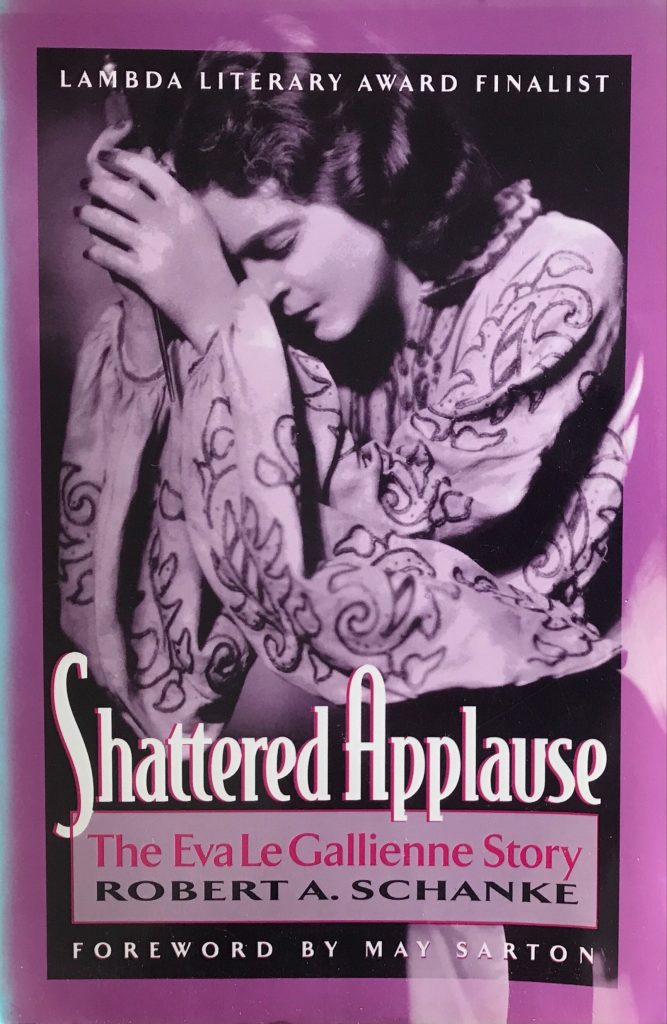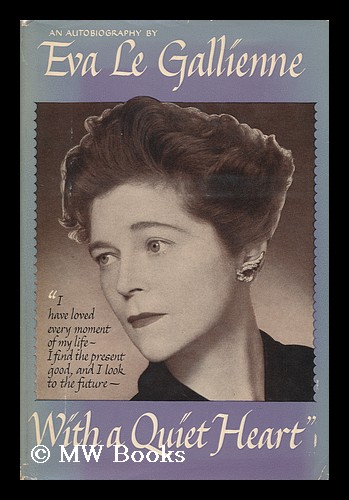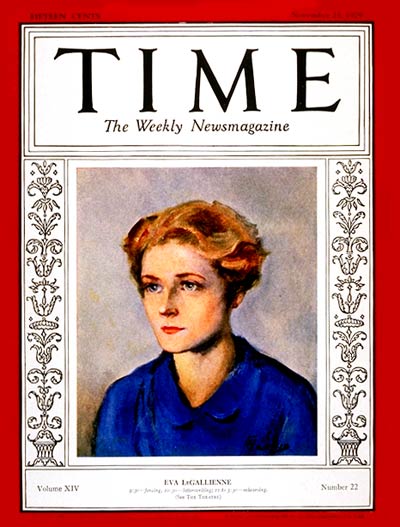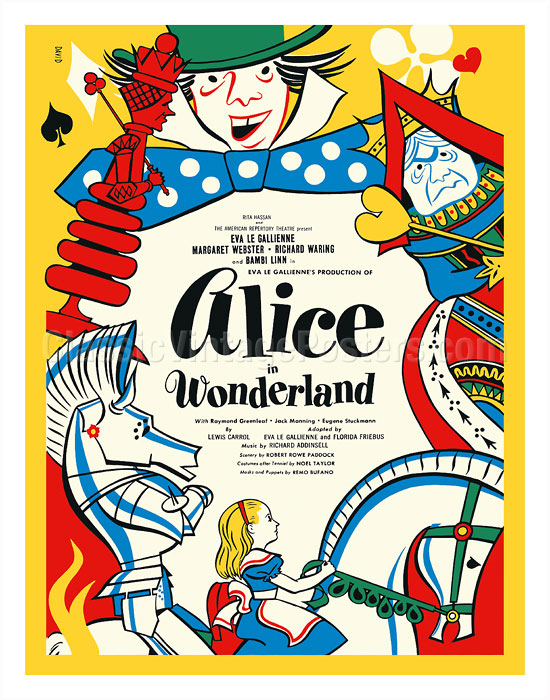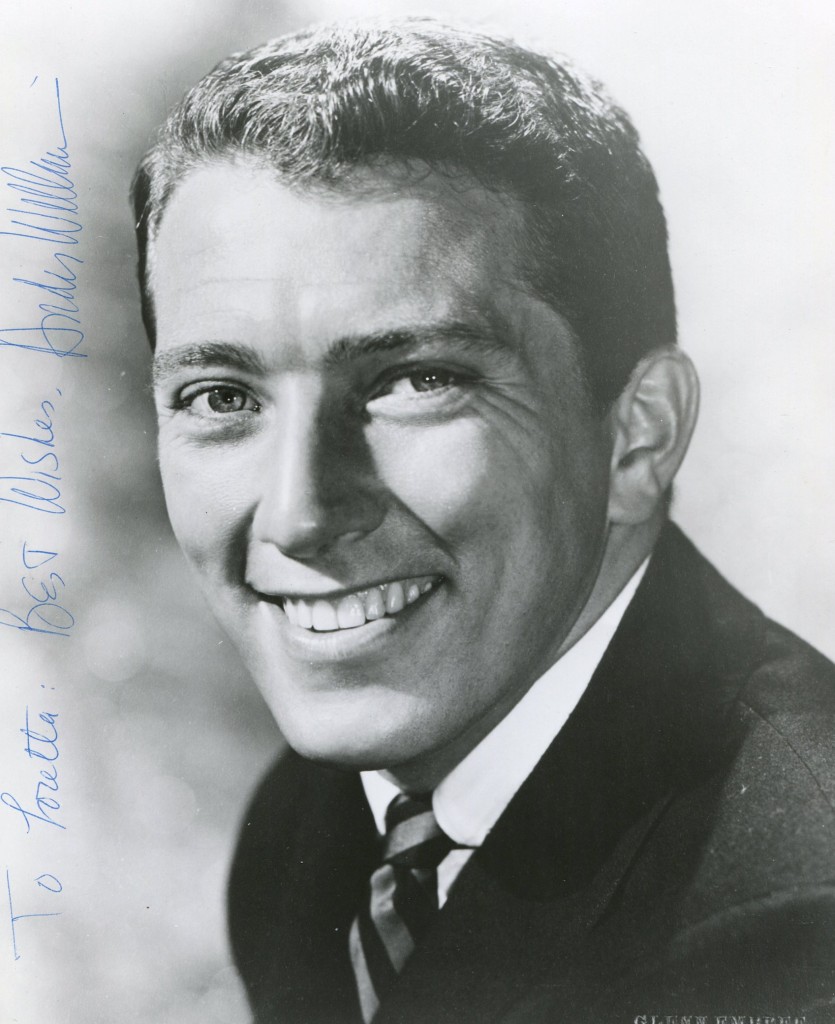
Andy Williams is of course one of the most celebrated of popular singers, but he did make an attempt at film making in the early 1960’s. He was born in 1927 in Iowa. He and his brothers were a popular singing group in the 1940’s and in that de cade he did feature in a few films including “Janie” in 1944 and “Something in the Wind” in 1947. In 1964 he starred with Sandra Dee and Robert Goulet in a comedy “I’d Rather be Rich”. He sang the Top Ten hit “Almost There” in the film. He did not though pursue a career on film and returned to his very popular recording and concert career. He died in 2012.
“Guardian” obituary:
Through the popularity of his television show and his mellifluous tenor voice, Andy Williams, who has died aged 84 after suffering from bladder cancer, was one of the best-loved figures in American popular culture. In a career that spanned eight decades, he sold more than 100m albums. Ronald Reagan described Williams’s distinctive voice as a “national treasure”.
The Andy Williams Show was also a favourite on British television and he had numerous UK hits in the 1960s and 70s. Among the biggest were Can’t Get Used to Losing You (1963), Can’t Help Falling in Love (1970) and Where Do I Begin (1971), the theme from the 1970 film Love Story. Williams’s British career was revived in 1998 when his 30-year-old hit Can’t Take My Eyes Off You was used in a commercial for Peugeot cars. Soon, a Fiat advertisement revived Music to Watch Girls By, and The Most Wonderful Time of the Year (from one of his eight Christmas albums) was chosen for a Marks & Spencer Christmas campaign in 2002. He even appeared in an episode of Strictly Come Dancing in 2009 to sing Moon River.
Williams grew up in Wall Lake, Iowa, the second youngest of six children, to Jay and Florence Williams. His father, a railway worker, arranged for Andy and his three elder brothers, Bob, Don and Dick, to be the choir at the town’s Presbyterian church. The quality of their harmonising inspired Jay to train the quartet for a professional career, beginning with performances at weddings and socials. His ambition for the boys led the family to move to Des Moines in 1936 to seek a regular radio show. There, Jay’s perfectionism hardened into an obsession: Andy was to claim that his self-confidence was deeply dented by Jay’s edict that “you have to practise harder because you’re not as good as others out there”.
The Williams Brothers were eventually awarded their own 15-minute show on a station where Reagan was a sports reporter. But the family were still not well off, and when the youngest child died of spinal meningitis, the only way the family could pay the funeral costs was for the brothers to sing hymns at the funeral parlour after school for several months.
There were further moves to Chicago and Cincinnati so that the Williams Brothers could perform on more prestigious radio stations, and in 1944 the family uprooted again to Los Angeles. There, Jay Williams, by now his sons’ full-time manager, negotiated a studio contract with MGM, which gave the quartet cameo roles in several B movies. He also persuaded Bing Crosby to employ them as backing singers on his hit record Swinging on a Star.
The group broke up as each brother was called up for second world war service – the 17-year-old Andy was briefly in the merchant navy – and did not re-form until 1947. They next performed as a cabaret act, appearing in Las Vegas and the Café de Paris in London before splitting up in 1953. The actor and choreographer Kay Thompson then launched Andy on a solo career, which ignited when he landed a job as resident vocalist on Steve Allen’s late night television show on NBC (1954-56).
In 1956 he signed a recording contract with Cadence, and the following year had a No 1 hit in both the US and Britain with Butterfly. Although Williams studied Elvis Presley’s recordings, he avoided rock’n’roll and had four more top 10 hits with ballads. In 1961 CBS offered him a lucrative record deal.
The 1960s were to be his golden decade. The Andy Williams Show ran on NBC from 1962 to 1971, with consistently high ratings, and he had at least one album in the US top 10 in every year, aided by his musical director, the acclaimed jazz pianist Dave Grusin. The essential blandness of the show was reassuring to middle America, but it introduced new singers, notably the Osmonds, whom Jay Williams had spotted performing at Disneyland, and the fledgling Jackson Five, featuring a seven-year-old Michael.
The popularity of the show kept the crooning Williams afloat during the tidal wave of pop in the 1960s. Also, while contemporaries such as Frank Sinatra and Tony Bennett were baritones, Williams, a tenor, shared his vocal range with the Beatles and Beach Boys.
All his albums of the 1960s sold more than 1m copies each, with Moon River and Days of Wine and Roses each selling almost 2m. The latter was No 1 in the album charts for 16 weeks in 1963. When his contract with CBS came up for renewal in 1966, his manager, Alan Bernard, negotiated an unprecedented guarantee against royalties of $1.5m. In return, Williams agreed to record 15 albums over the next five years.
The formula for his albums was carefully calculated to attract fans of the television show. Williams seldom recorded new or unknown songs. Instead, he chose a mix of titles from successful movies, Broadway shows and versions of recent pop hits. Williams and his producer, Bob Mersey, were careful to include material by songwriters of the rock era, albeit their most melodic numbers. Thus, he recorded songs from the pens of Lennon and McCartney (Michelle), Burt Bacharach (Don’t You Believe It) and Jim Webb (McArthur Park).
On one occasion, he decided to experiment with a “concept” album of songs by the arranger Mason Williams (no relation), depicting existence from birth to death. Clive Davis, the head of CBS Records, warned him that sales would suffer. After some haggling, the concept songs took up one side of the LP Bridge Over Troubled Water. Davis was proved right and the album sold only half a million copies.
The loss of his television show led to falling record sales for Williams in the early 1970s. However, his celebrity enabled him to play lucrative concerts and cabaret engagements throughout the US and Europe. In 1992 he opened his own Moon River theatre in Branson, Missouri, where he appeared for several months each year.
Although he was a lifelong Republican, Williams became a close friend of Robert and Ethel Kennedy in the mid-60s. He was present when Kennedy was assassinated in Los Angeles during the 1968 campaign for the presidential nomination. Williams sang The Battle Hymn of the Republic at the funeral and voted for George McGovern at the Democratic party convention, having been nominated as a delegate by Kennedy. More in keeping with his political convictions was his outspoken criticism of Barack Obama, and he allowed the rightwing radio commentator Rush Limbaugh to broadcast his recording of Born Free with added gunshot sounds. Sony Music (now the owner of CBS Records) forced Limbaugh to remove it.
Williams was married twice. He had three children, Noelle, Christian and Bobby, named after Robert Kennedy, with his first wife, the singer and dancer Claudine Longet. After their divorce, he was publicly supportive when, following the death of her new partner in a shooting incident, she was found guilty of criminally negligent homicide in 1977. He is survived by his second wife, Debbie Haas, and his children.
• Andy (Howard Andrew) Williams, singer, born 3 December 1927; died 25 September 2012
The above “Guardian” obituary by Dave Laing can also be accessed online here


